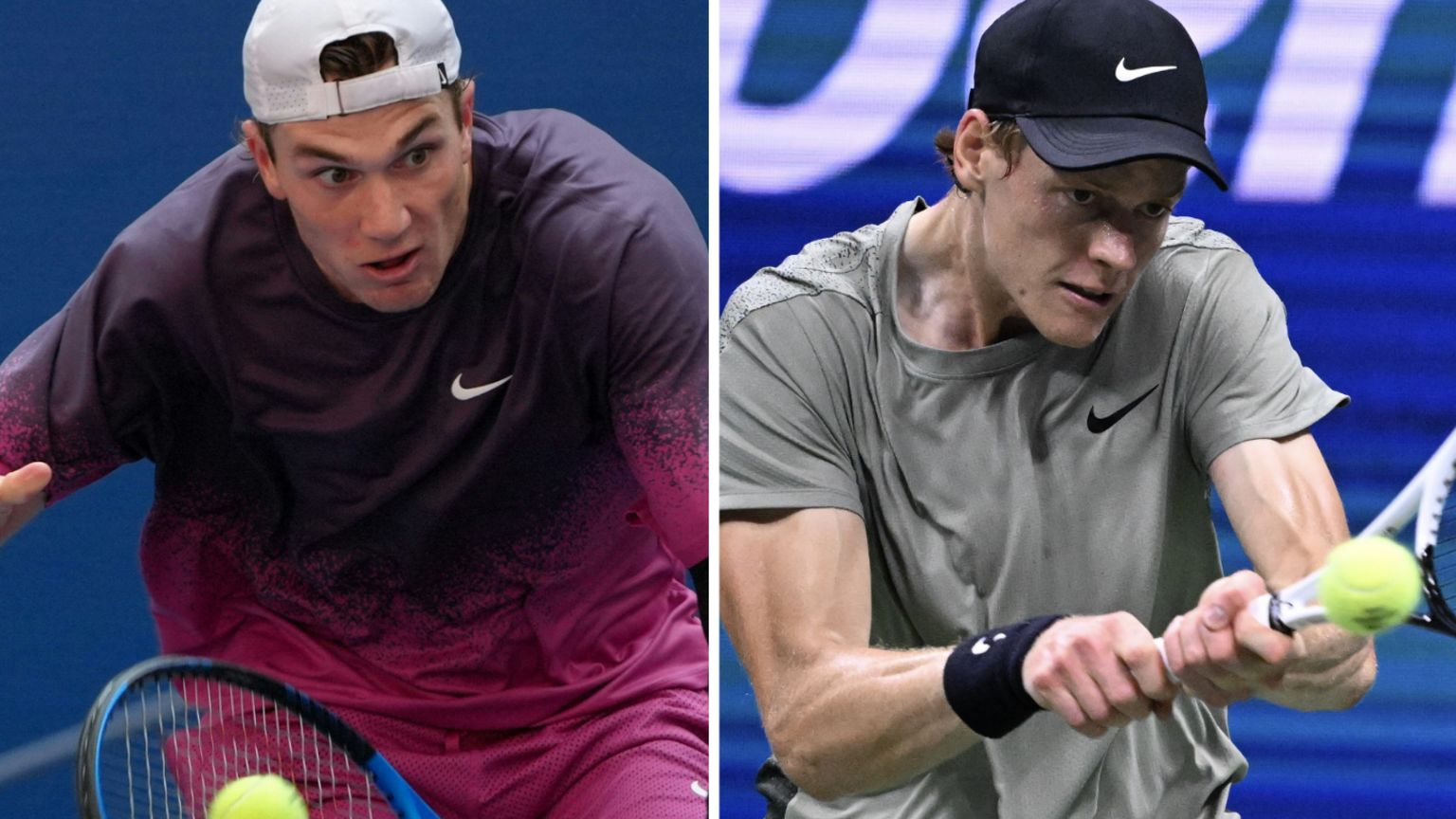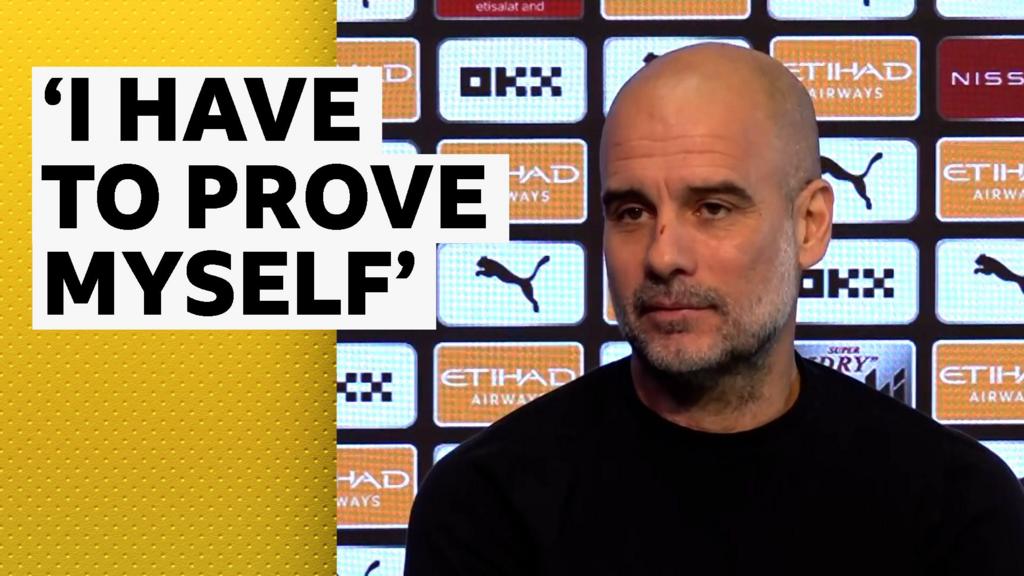ARTICLE AD BOX
 Image source, Getty Images
Image source, Getty Images
Jack Draper and Jannik Sinner will play each other for only the second time when they meet in the US Open semi-finals
Jonathan Jurejko
BBC Sport journalist
Jack Draper has already produced the standout run of his career to reach the US Open semi-finals.
Now, to become only the fourth Briton to reach the men's singles final, 22-year-old Draper faces the task of beating the leading player in the men's game.
Italian world number one Jannik Sinner, who seems to have put the controversy of testing positive for a banned substance behind him, stands in 25th seed Draper's way when the pair meet in New York on Friday.
Awaiting in the final will be an American man, with Taylor Fritz facing Frances Tiafoe in the match afterwards.
Former US Open finalist Greg Rusedski says his fellow Briton has got "a real shot" at causing a shock.
"There is not much expectation on him because he is not the favourite," Rusedski, a big-serving leftie like Draper who was the 1997 runner-up, told BBC Sport.
"If Jack can play with freedom he definitely has a chance."
There will be BBC 5 Live coverage from 19:00 BST as well as live text commentary on the BBC Sport website and app.
With Rusedski's help, BBC Sport breaks down how Draper may be able to beat Sinner...
Serve strongly and smartly
Image source, Getty Images
Image caption,British number one Draper is aiming to follow Rusedski, Tim Henman and Andy Murray into the US Open men's final, as well as emulate Emma Raducanu who famously won the women's title as a teenage qualifier in 2021
Before this week, Draper had never gone beyond the fourth round of a Grand Slam.
This fortnight in New York, he has played with confidence and clarity to breeze into the last four without dropping a set.
Serving is the bedrock of Draper's game and he has only dropped serve three times in his five matches so far.
Draper has won 175 of 216 (81%) of the points when he has landed his first serve, underlining the importance of this weapon.
However, he is not landing as many as he would like with his first-serve percentage well down.
"Jack has to serve exceptionally well which is what he has been doing well throughout the championships," said former world number four Rusedski.
"Being a leftie is a huge advantage because all the big points at 15-30, 30-40 or game point are usually to your favoured side - the serve out wide to open up the backhand side and then get the ball quickly into the forehand."
Use variety - but use it wisely
You will not be surprised to hear 23-year-old Sinner has few weaknesses.
The reigning Australian Open champion - who is looking to win the second major of the season, and of his career - has a strong all-round game.
According to ATP Tour statistics measured over the past 52 weeks, Sinner is currently the seventh best server and the seventh best returner.
He is deemed the top player performing under pressure - which takes into account the outcome of break points and deciding sets.
"Jack has to attack his second serve," said Rusedski.
"He also has to open up on the forehand side and not let him hit forehands into the backhand corner and get into the backhand side.
"Using a bit of variety and getting forward is important, too.
"He has to bring Sinner into the net on his terms, but that is difficult to do because of how hard Jannik hits the ball.
"But when he dropped sets against [Daniil] Medvedev and [Mackenzie] McDonald they have managed to come forward, be aggressive and get that mix.
"It's about getting the balance right."
Last the pace on a court which suits him
The early part of Draper's professional career was blighted by physical issues, but his charge in New York has come as a result of being more robust this season.
His powerful game also suits the Flushing Meadows hard courts, which US Open organisers aim to be "medium-fast".
"Jack has improved out of sight in the past few months," said Rusedski.
"He has been working a lot on his serve and transition game, he has got a lot stronger physically.
"I think the American hard courts suit his game because they are quick, fast and high-bouncing. With that combination it is ideal for Jack."
"But it is about being able to cope physically from start to finish in a five-set match against someone of Sinner's quality."

 2 months ago
11
2 months ago
11








 English (US)
English (US)